Difference Between Hot Oil Treatment And Deep Conditioning
Understand what these techniques are all about so that you can make the most appropriate choice.

Image: Shutterstock
The age-old hair treatment method of applying hair oil to deal with hair problems has now been handed down to conditioners. Though the popularity of oiling your hair has not waned, debates over the benefits of hot oil treatment and deep conditioning continue to rage. Each side has ardent supporters who swear by their merits.
Even though some have expressed the superiority of natural hair care over the possibly harsher chemicals found in conditioning hair products, it is undeniable that both hot oil treatments and deep conditioning can keep hair healthy and lustrous by preventing breakage and friction. So, is one better than the other? Find out below.
In This Article
What Is A Hot Oil Treatment?
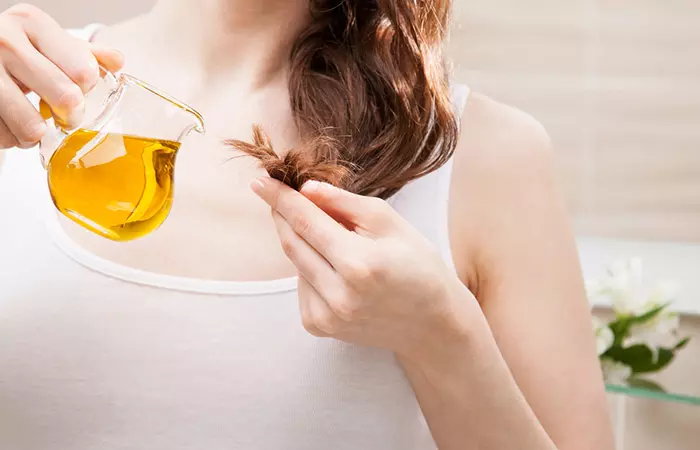
A hot oil treatment for hair can provide deep nourishment and strengthen hair strands. It is essentially the application of a suitable oil to your hair. Massaging your hair and scalp with hot oil enhances blood flow to the scalp and promotes hair health by increasing the nutrient supply to the hair follicles. A hot oil treatment helps protect the hair from damage, prevents dandruff, and keeps your hair moisturized.
Benefits
- The hot hair oil may penetrate the strands and reduce water absorption. This, in turn, reduces swelling of the hair shafts and decreases hygral fatigue (repeated swelling and drying) that can otherwise cause hair breakage (1).
- Hot oil treatment can also pack the cuticle cells to sustain damage from harsh substances found in hair care products.
- Hair oils help lubricate the hair and prevent breakage resulting from dryness.
- This treatment can also reduce split ends and tame frizz by nourishing the hair.
How To Do Hot Oil Treatment

- Choose an oil that is best-suited for your scalp and hair type. Coconut, jojoba, olive, argan, and almond oils are popularly used in hot oil treatment. If you have a greasy scalp, go for lightweight oils, such as olive and almond oils. For very dry hair, use a thicker oil like coconut oil.
- Heat the oil for a few seconds until it is warm (but not hot).
- Massage your scalp gently in circular motions with warm oil.
A study conducted on 319 participants found that massaging the scalp for 11-20 minutes every day for 6-7 months resulted in hair regrowth in 68.9% of the participants. It was further noted that 37.3% of the participants saw hair loss stabilization while 31.7% saw slight or significant hair regrowth. - Work your way through the lengths of your hair.
- Tie your hair into a bun.
- Wrap it with a warm cotton cloth or an old T-shirt. This will open your cuticles and enable better penetration of the oil into your scalp and hair.
- Leave it on for 2 hours or overnight.
- Wash your hair thoroughly with a mild shampoo and room temperature water.
Note:
Do not use oil that is too hot as it can scald your scalp, cause breakage, and damage your hair. If the oil is too hot, it will cook the hair, If the oil is too hot, it will cook the hair, which is the opposite of what the hot oil treatment for hair is intended for.
 Quick Tip
Quick TipLet’s now find out what deep conditioning treatment does to your hair.
Key Takeaways
- The application and massaging suitable oil on the hair is a hot oil treatment. In contrast, deep conditioning refers to applying deep conditioner to the hair to hydrate the tresses and limit the damage.
- Hot oil treatment and deep conditioning can prevent hair damage and make your tresses look healthy and well-nourished.
- While hot oil helps hydrate your hair and scalp, deep conditioning nourishes the hair and imparts shine.
What Is Deep Conditioning?

Deep conditioning involves applying a deep conditioner to your hair to keep it hydrated and reverse the damage. Deep conditioners, also known as intensive hair conditioners, are almost similar to regular conditioners. However, the time of their usage is what makes them different. Due to their concentrated formula, they should be left on the hair for 20 to 30 minutes.
Benefits
- Deep conditioning reduces frizz, detangles the hair, and makes it more manageable.
- Deep conditioners neutralize the negative charge on the hair fibers and lubricate the cuticles, resulting in shiny and smooth hair.
- Deep conditioning your hair after shampooing ensures that the natural oils of your hair are intact. It helps nourish and detangle your hair and prevents dullness.
- Deep conditioners help fill the damaged areas of the hair, making them smoother. Thus, your hair reflects light better and is easier to comb and maintain after a wash.
How To Use A Deep Conditioner
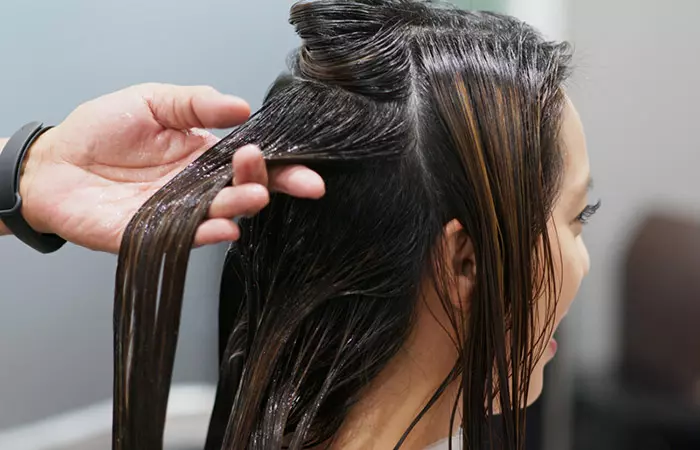
- Wash your hair thoroughly with a mild shampoo.
- Divide the wet hair into sections.
- Apply the deep conditioner to the lengths of your hair, focusing on the ends.
- Tie up each section of your hair with a clip after application.
- Cover your head with a shower cap after all the sections are covered.
- You can also expose your head to steam for better absorption of the conditioner. Stay under the hair steamer for 20-30 minutes.
- Rinse the conditioner with cold water. This will seal the cuticles and infuse nourishing elements into your hair.
- Air dry your hair or use a blow dryer.
Note:
Never apply a deep conditioner to your scalp. Also, do not overuse this product as it may attract dust particles and weigh the hair down. Wash your hair thoroughly to prevent any product buildup and greasiness.
Naija, a haircare blogger, deep conditioned her hair with a mixture prepared with palm oil, honey, castor oil, and argan oil, and achieved incredible results. Her hair texture improved, the hair became more manageable, and hair fall also reduced due to this treatment. She said, “The palm oil most definitely conditioned my roots, they feel softer and so you know how much I loved this treatment (i).”
If you are confused about what is best for you, read on for some clarity!

 Trivia
TriviaHot Oil Treatment Or Deep Conditioning: Which One Is Right For You?
Hot oil treatment and deep conditioning occur at different points in the hair routine. While one hydrates your scalp and hair, the other provides hair nourishment and imparts shine. Depending on your immediate hair care needs, you can choose either of the treatments or even both. While hair oils are used before washing the hair, it is best to use a deep conditioner on clean, washed hair.
Both hot oil treatment and deep conditioning can help improve your hair health. But can you do both at the same time? Find out in the next section.
Can I Do Hot Oil Treatment And Deep Conditioning At The Same Time?
Yes, you may combine a hot oil treatment with deep conditioning to give your hair that extra boost of nourishment.
Warm your favorite oil and apply it to the hair ends and dry or damaged regions. Cover your hair with a shower cap or a heated towel and let it sit for 20 to 30 minutes. You may then apply your deep conditioner and let it sit for another 15 to 20 minutes. This two-in-one treatment hydrates, repairs, and strengthens your hair, and leaves it smooth, lustrous, and revitalized. It is a great way to treat your hair while also addressing multiple issues.
Many hair oils, such as coconut oil, can easily penetrate the hair shaft and act on the hair at the molecular level. On the other hand, a deep conditioner cannot be applied to the scalp and works only on the strands. It reduces friction, detangles the hair, and minimizes frizz, enabling easy combing (1). Hence, it is best to go for a hot oil treatment first and follow it up with deep conditioning for the best results.
Infographic: Benefits Of Hot Oil Treatment And Deep Conditioning
Hot oil treatment and deep conditioning provide an extra dose of nourishment to keep your strands healthy and bouncy. If you are wondering which of the two works best for achieving healthy hair, the infographic below is for you. It covers the major benefits of both treatments and can help you make the right decision. Check it out!

Illustration: StyleCraze Design Team
Hot oil treatment and deep conditioning help moisturize your hair and helps with hair- repair, nourishing, and restoring shine and hair luster. However, there are differences between hot oil treatment and deep conditioning. Though people keep debating about the superiority of one over the other, you cannot replace one with the other. You may have to incorporate both into your hair care routine to get healthy and lustrous hair. Following a proper hair care routine and indulging in a hot oil treatment once a week will help improve hair hydration and improve overall hair health. You may also follow it up with a deep conditioning mask to reap maximum benefits.
Frequently Asked Questions
What are some recommended products for hot oil treatments and deep conditioning?
For hot oil treatments, choose products with natural ingredients like coconut or olive oil. These ingredients, rich in nutrients, will effectively nourish and moisturize your hair. For deep conditioning, look for hydrating agents such as shea butter or argan oil to further enhance the health of your hair.
How often should you do a hot oil treatment?
You may do a hot oil treatment for your hair once a week or once every two weeks.
How often should you deep condition your hair?
It is ideal to deep condition your hair 2-4 times a month, depending on the condition of your hair. If you have extremely dry and damaged hair, you need to deep condition your hair at least once a week.
Does hot oil treatment make hair straight?
Hot oil treatment may weigh your hair down and make it appear straighter than its normal texture temporarily.
Discover the key differences between hot oil treatments and deep conditioning for your hair. Check out this informative video to learn when to use each method and how they can benefit your hair care routine.
Personal Experience: Source
StyleCraze's articles are interwoven with authentic personal narratives that provide depth and resonance to our content. Below are the sources of the personal accounts referenced in this article.
i. Weekend Treat; Palm Oil Hot Oil Treatment With Other Hair Oils And Honeyhttps://naijahaircangrow.blogspot.com/2013/03/weekend-treat-palm-oil-hot-oil.html
References
Articles on StyleCraze are backed by verified information from peer-reviewed and academic research papers, reputed organizations, research institutions, and medical associations to ensure accuracy and relevance. Read our editorial policy to learn more.
- Hair Cosmetics: An Overview,
https://www.ncbi.nlm.nih.gov/pmc/articles/PMC4387693/
Read full bio of Madison Dufour
Read full bio of Arshiya Syeda
Read full bio of Ramona Sinha
Read full bio of Medha Deb






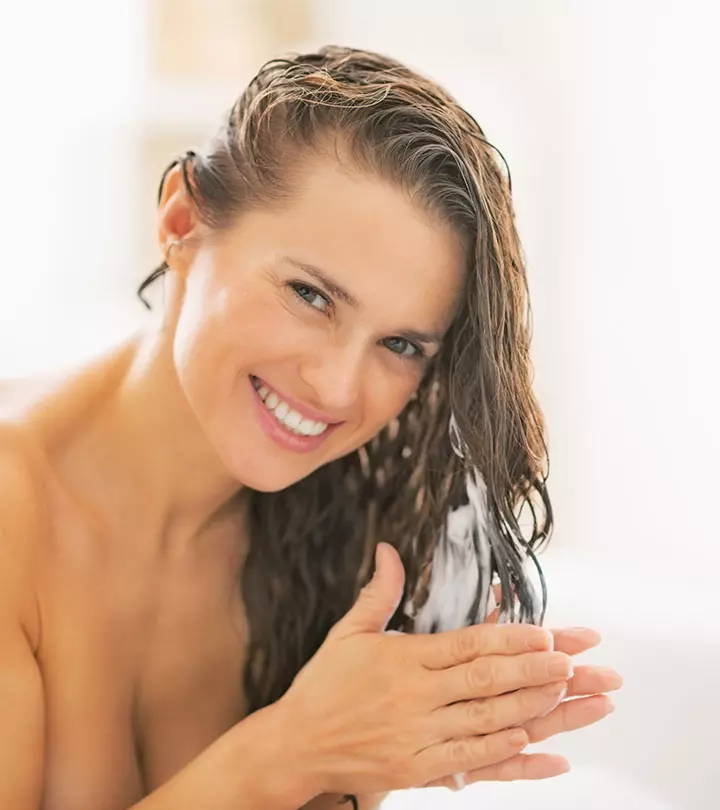
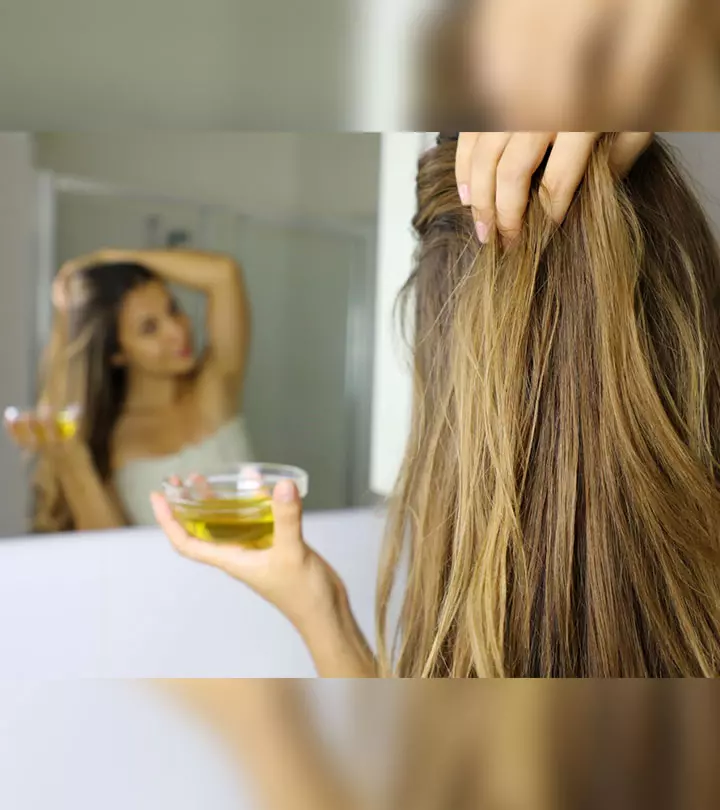

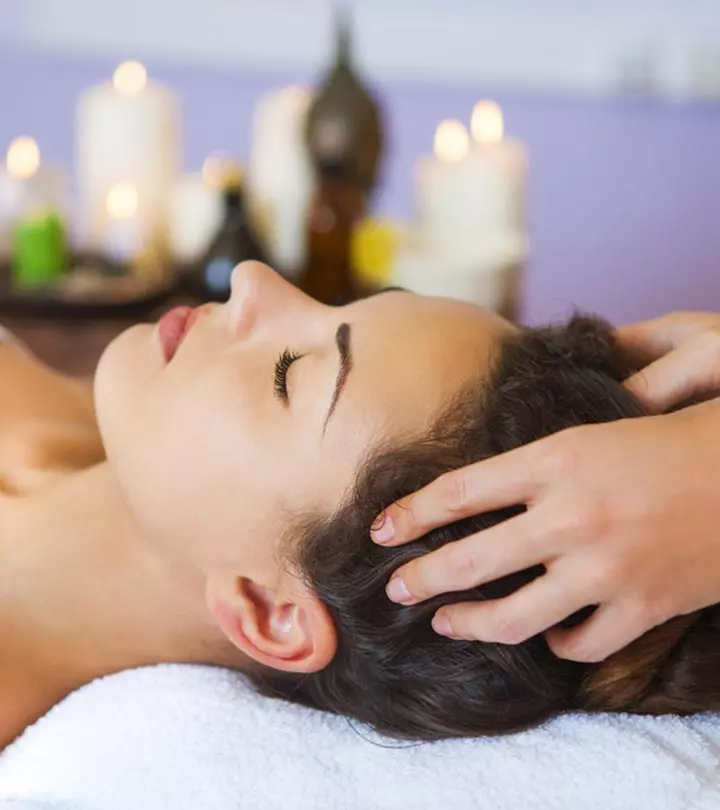

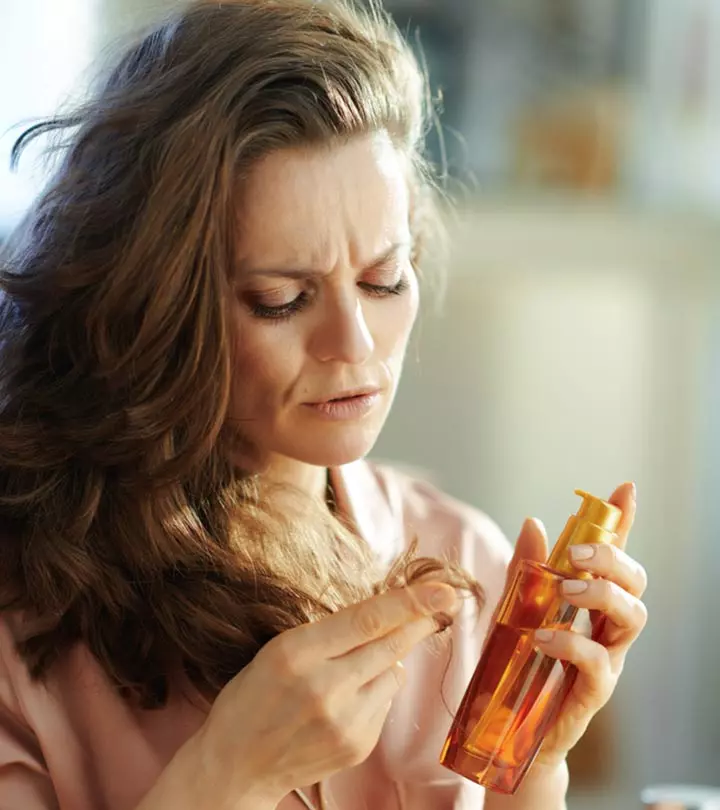
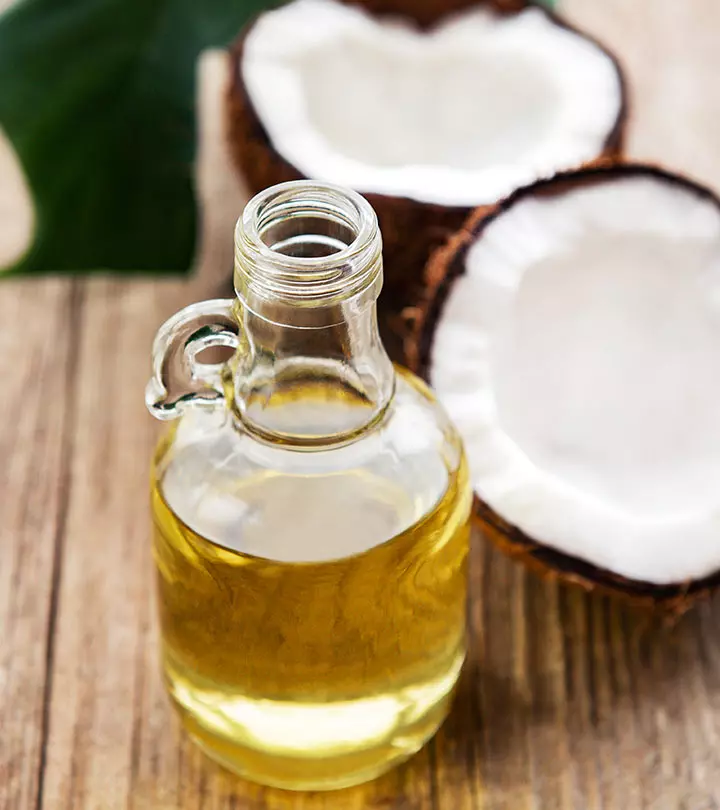
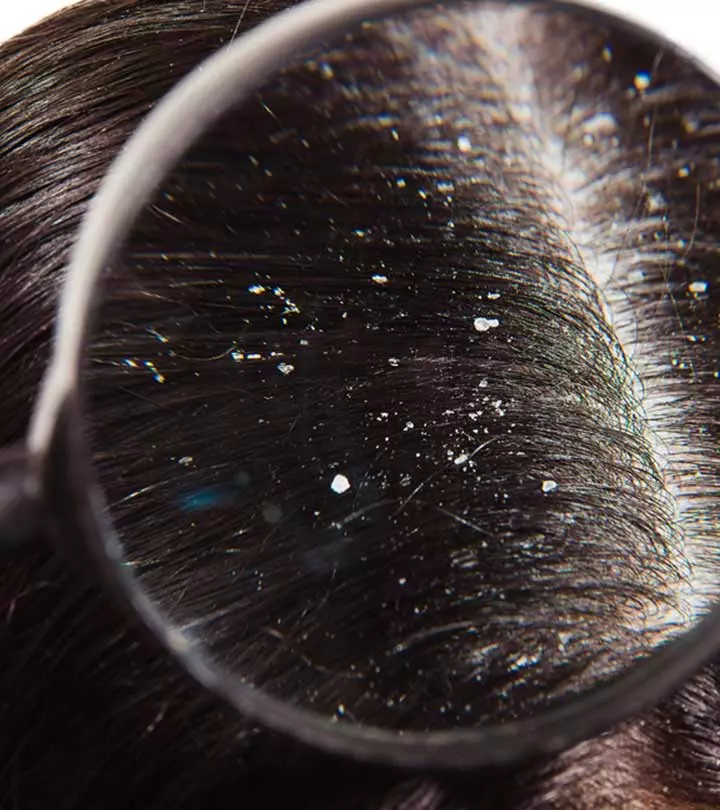
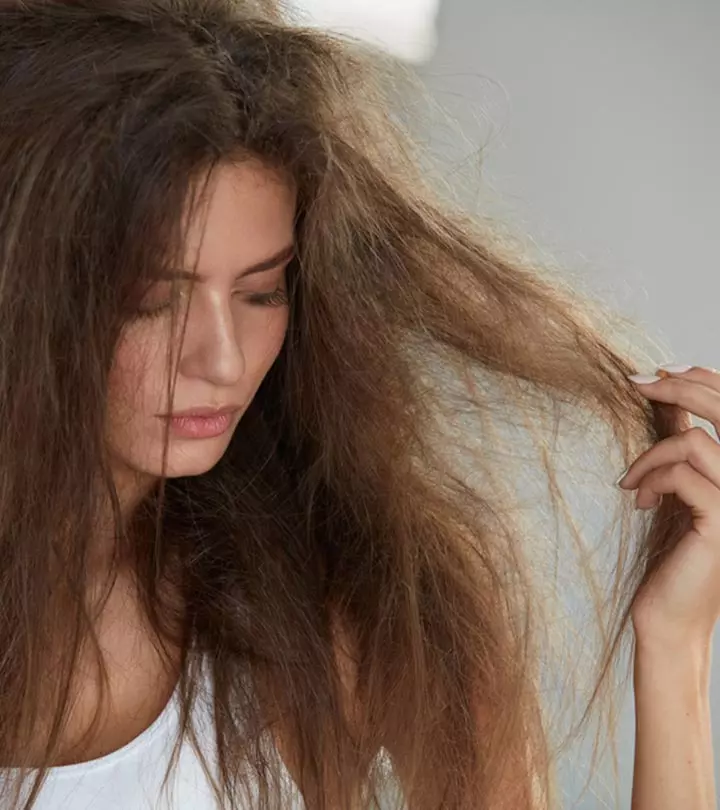
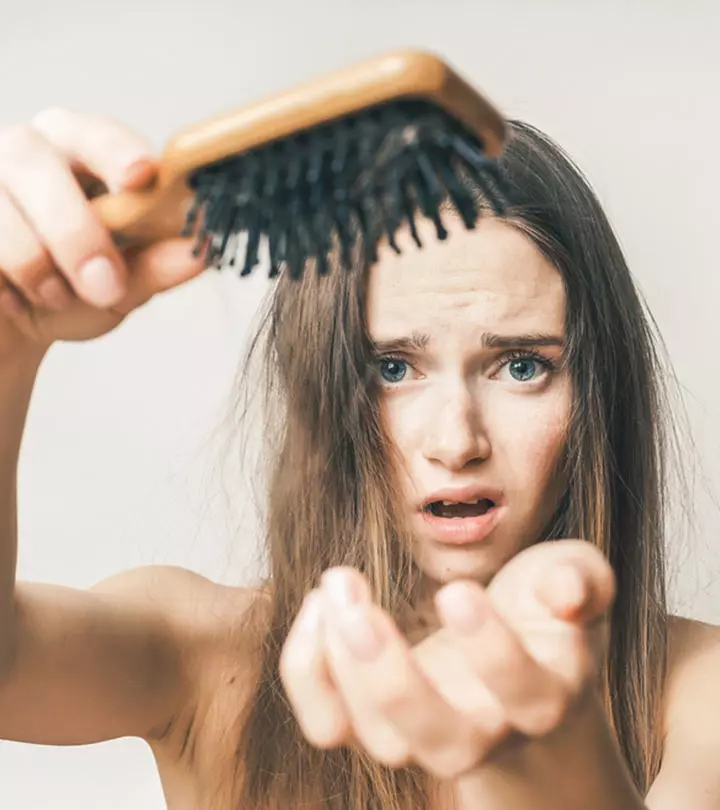
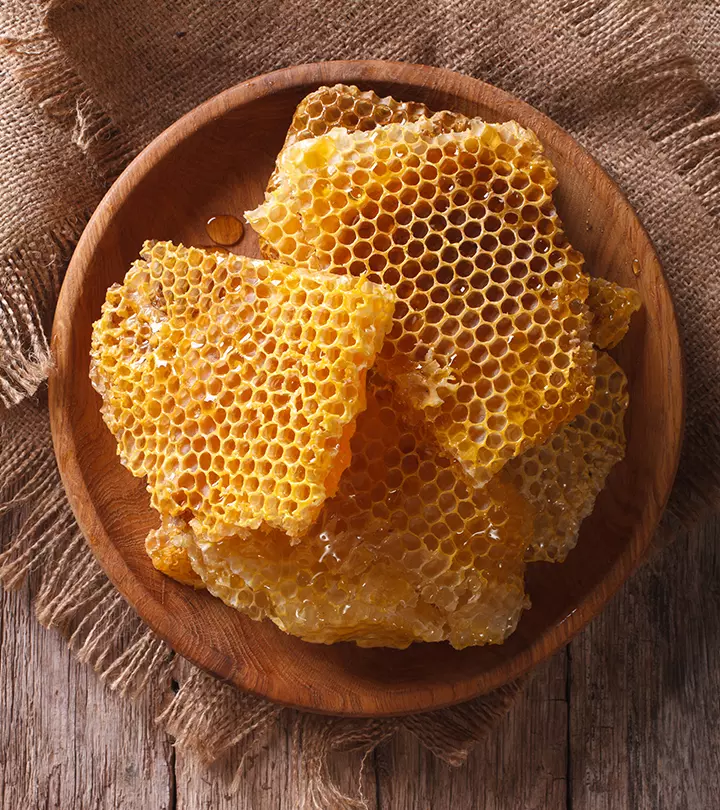

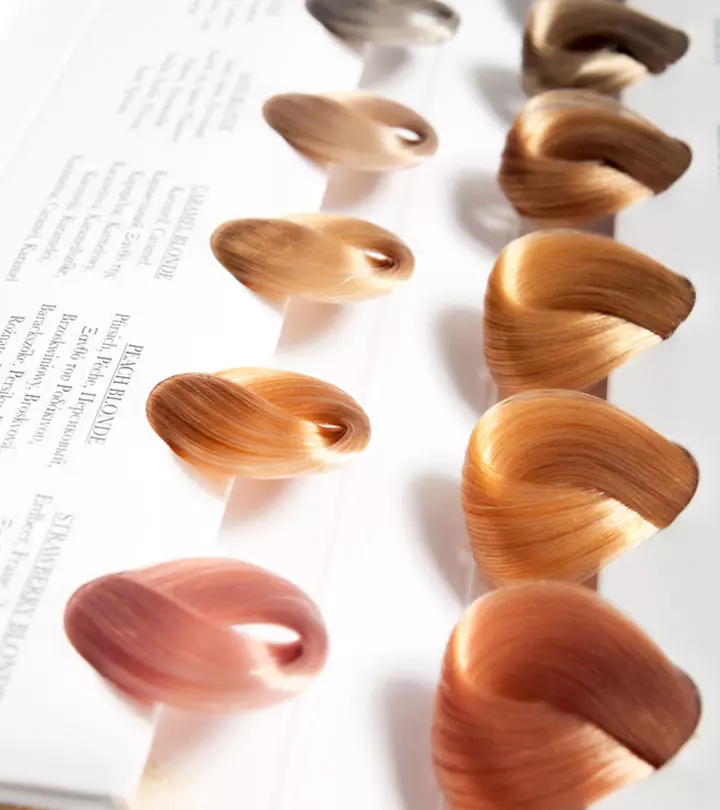
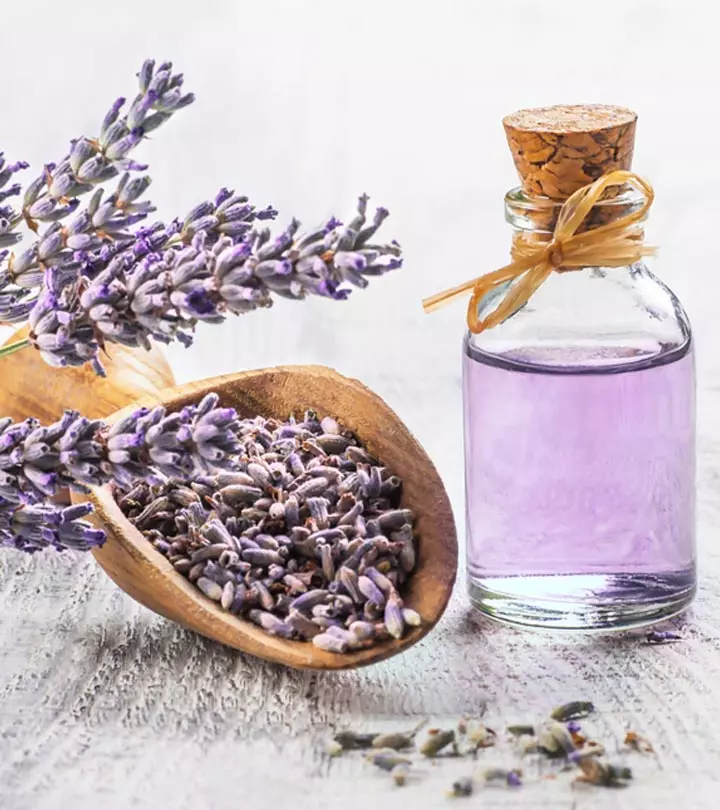
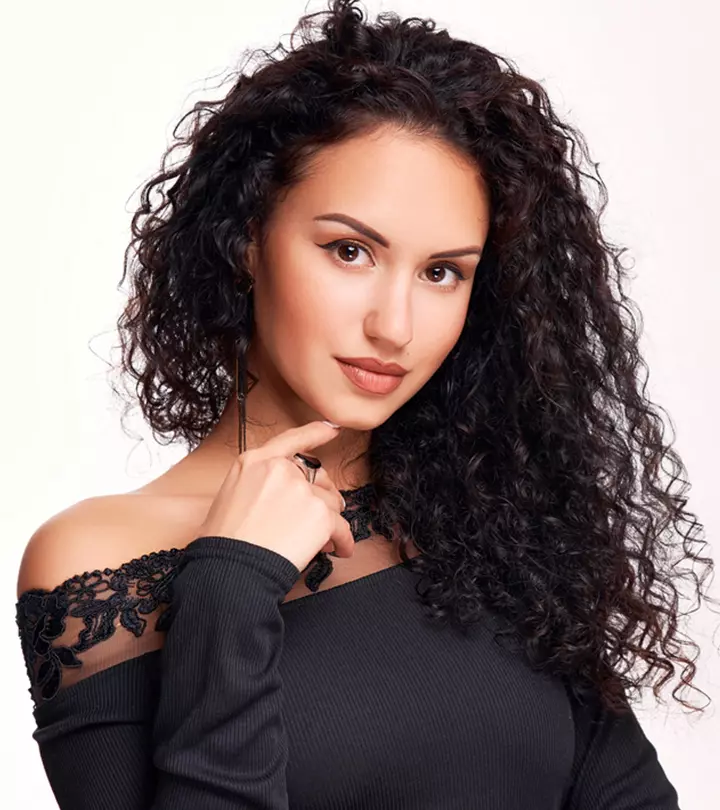
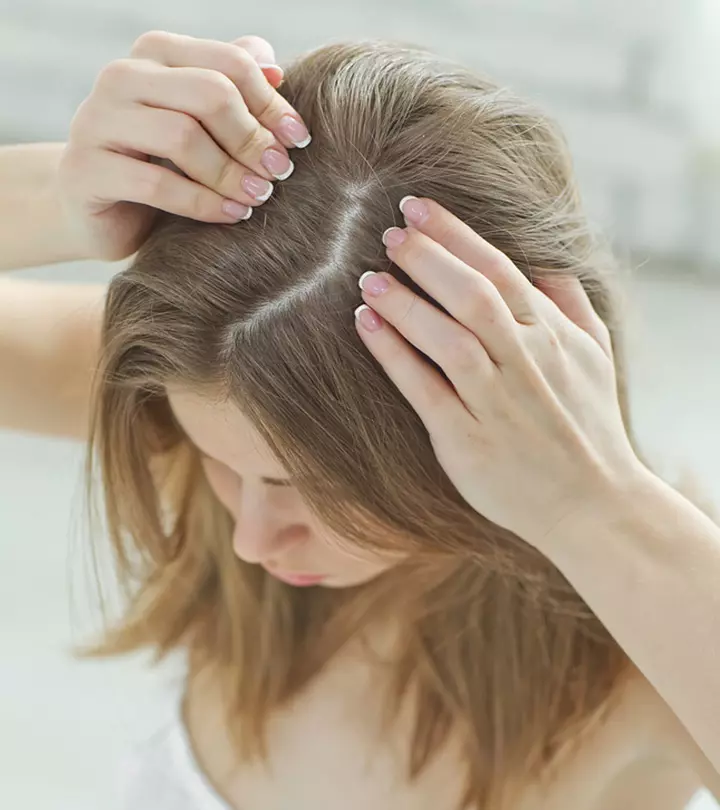

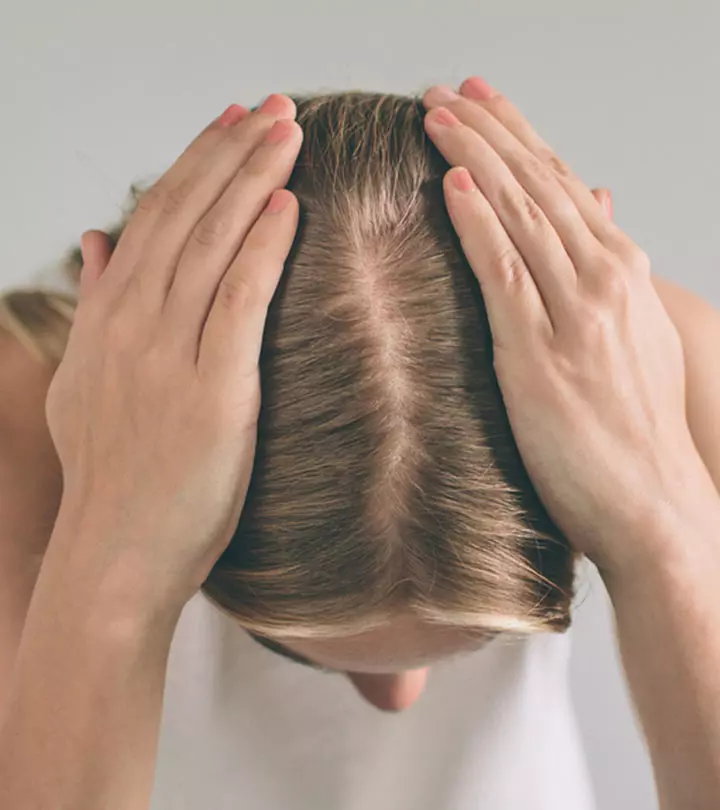
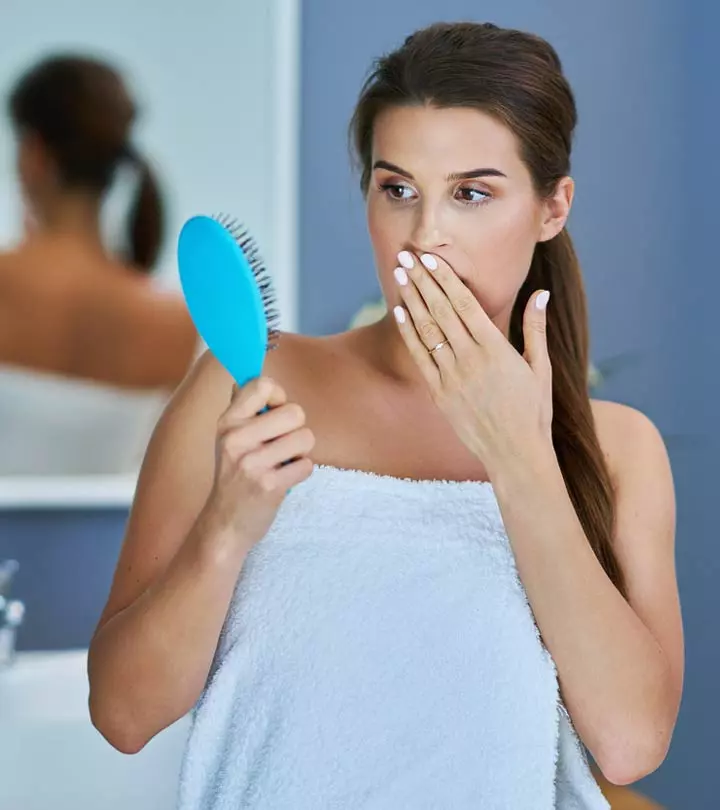
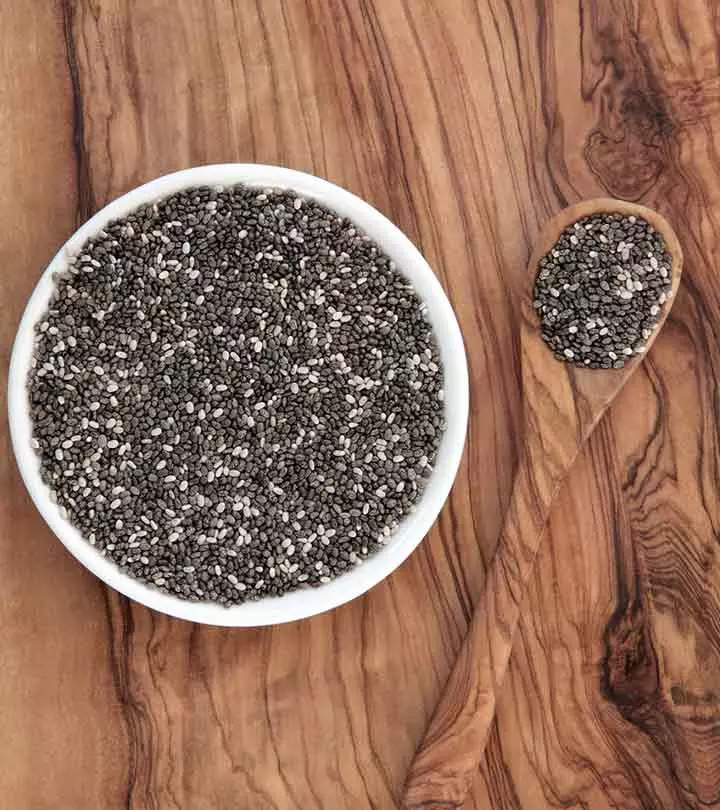
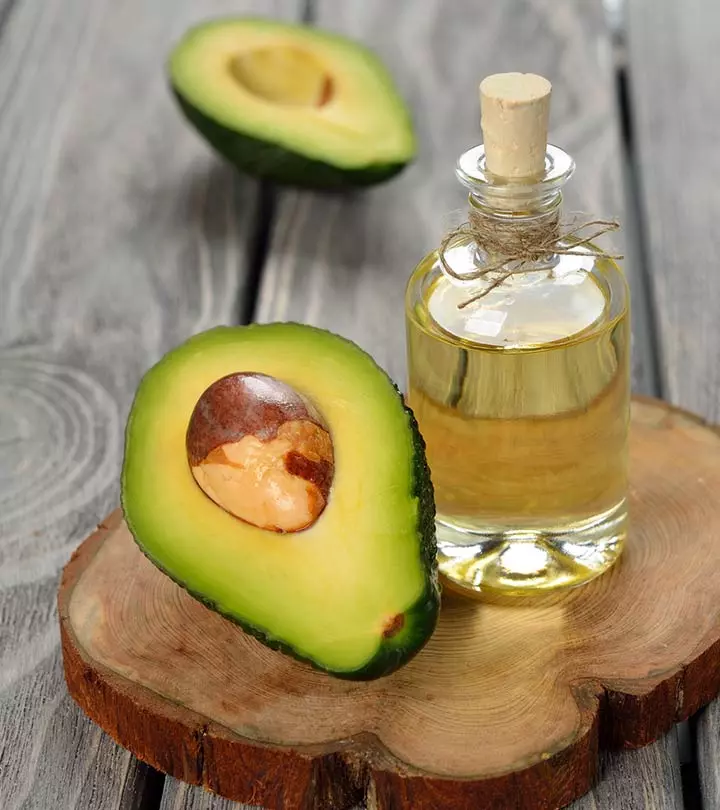
Community Experiences
Join the conversation and become a part of our empowering community! Share your stories, experiences, and insights to connect with other beauty, lifestyle, and health enthusiasts.